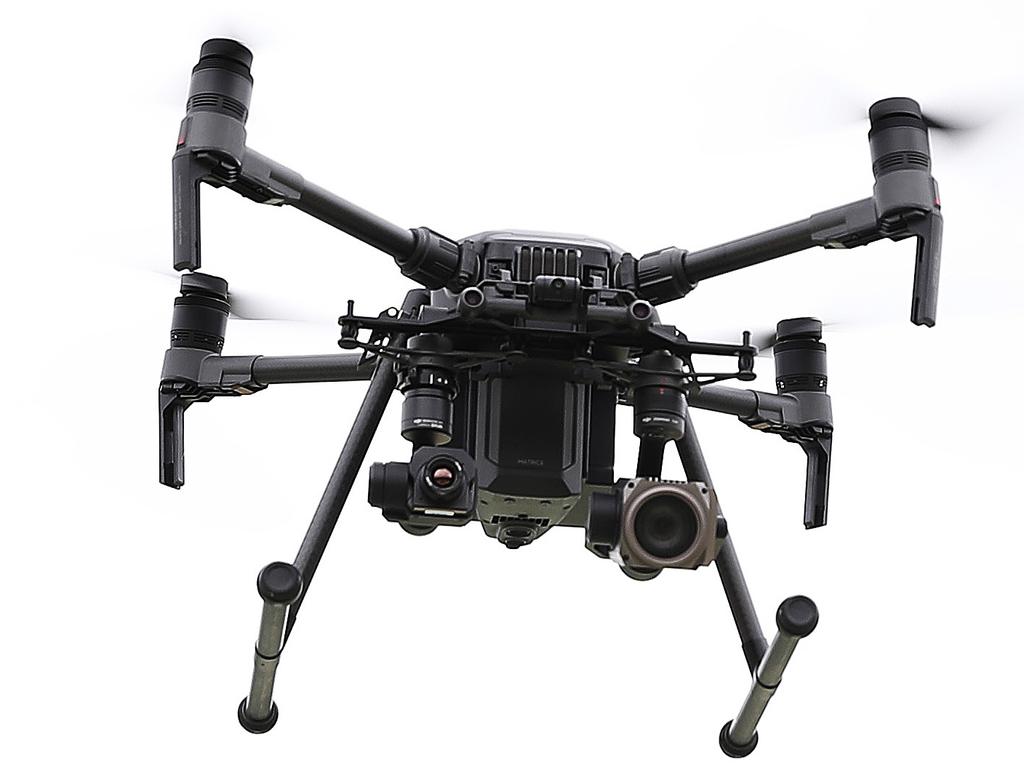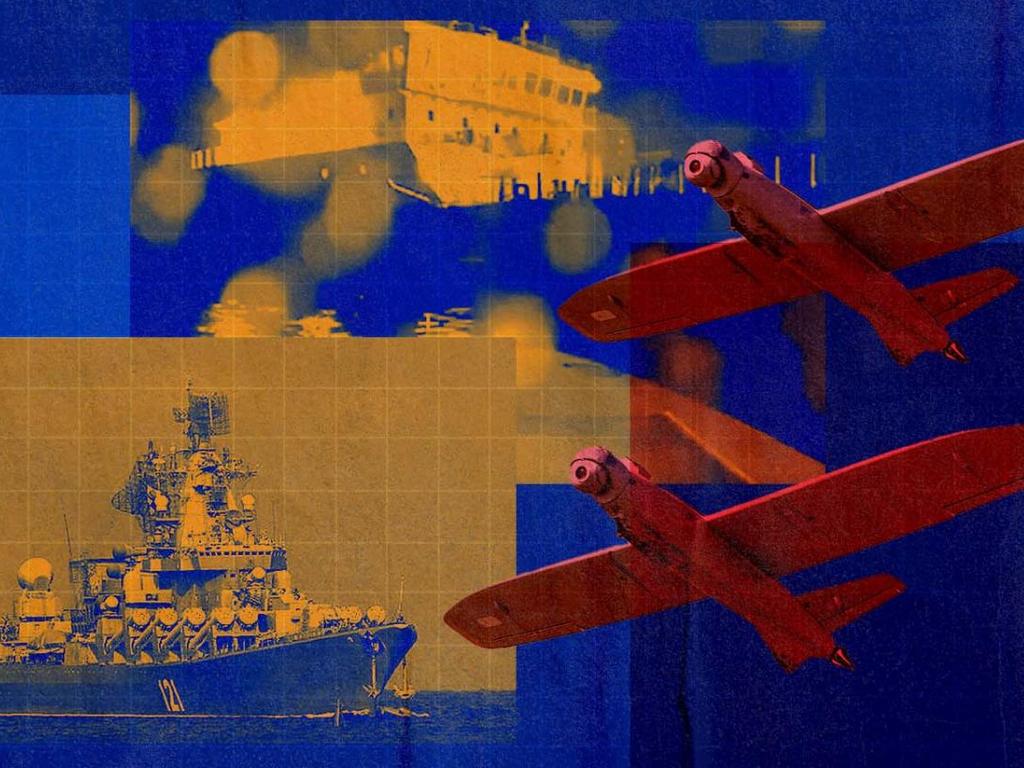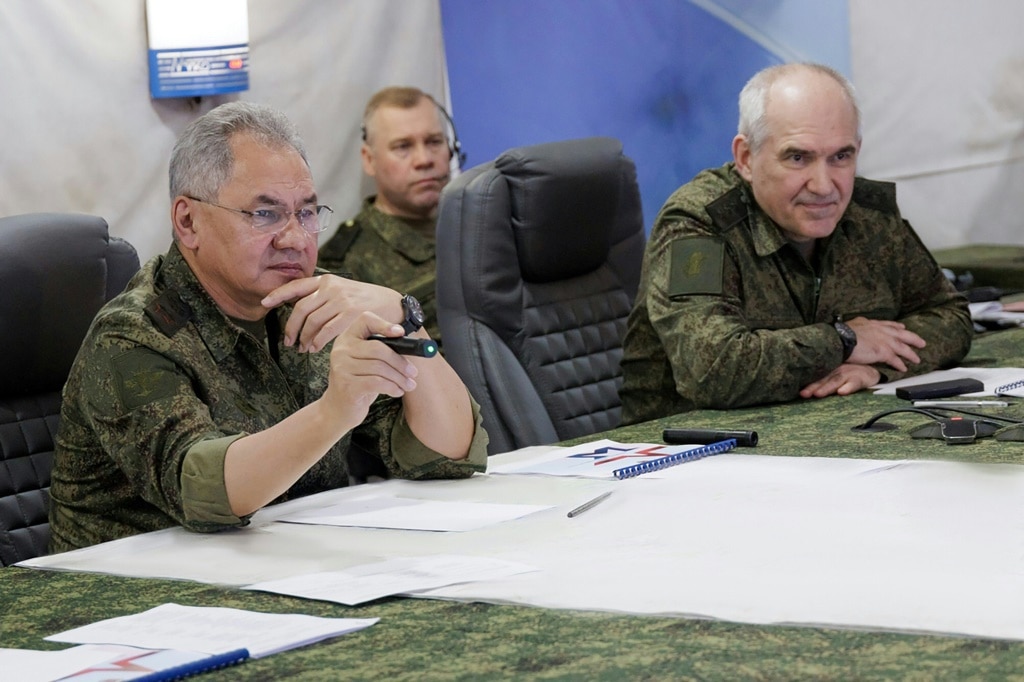Drones are symbol of a shifting world order

I heard it again the other day from a senior intelligence official on a London pit stop to debrief his British counterparts. He had recently been advising Kyiv on the dangerous implications of a deeper collaboration on killer drones between Russia and Iran. The conclusion: the age of advancing drone warfare, the sudden cost-effectiveness and potency of swarmed unmanned aerial weapons, is making military conflict an easier political option.
And this, in turn, is catalysing a rearrangement of the global order.

“It’s a world of polycrisis,” he said, stuck on the P-word. “We’ve just got to get used to it.” He was talking of the war in Europe interlocking with war in the Middle East, of great-power competition narrowing options for smaller countries, the many states in his region that were already struggling in survival mode – Lebanon, Egypt, Jordan, Sudan. What happens when an improved version of the Iranian Shahed drone is mass-produced under licence in Russia next year? When they are no longer needed in the war against Ukraine, do they end up with the expanding army of Hezbollah?
Wherever one looks there is flux: water, says one geopolitical tipster, is the next Big Oil. Coming up soon! What, meanwhile, is the strategic logic of extending the Brics club to include Iran, Saudi Arabia, the United Arab Emirates, Egypt, Ethiopia and Argentina? There is only one: the recruiting of newbies is a further sign that China is trying to construct an anti-western-sanctions bloc for when it makes its move against Taiwan.
There is little comfort in the way that statecraft and alliance-building is adapting to the military tech revolution. Drones are the new gunpowder. The spread of gunpowder in early modern Europe led to the professionalisation of military power, the replacement of heavy cavalry and greater centralised authority.
Drones do the opposite. They spark the enthusiasm of young, tech-savvy drone controllers, empowering the lowest-possible echelons to innovate and succeed in battle. The Pentagon has just let slip plans to construct “multiple thousands” of drones over the next two years, a force able to hit 1000 targets in 24 hours. China’s advantage over the West is mass – more ships, more missiles, more people – and one of the answers as the Indo-Pacific region gears up for a military contest is to even up those odds with swarmed drone attacks. The technical problem is how to create a drone army for use against China without using Chinese components.
The Ukrainians deploy drones not only for battlefield surveillance and range-finding, in tactical raids on tank columns, boosting morale at home and sparking military inventiveness, but also to pop the bubble around the Russian populace.
This summer they forced the Kremlin to temporarily close airports near Moscow; they launched 42 drones on Russian-occupied Crimea; hit a building in central Moscow and a supersonic bomber stationed at an airfield south of St Petersburg. The drones make a political point: the United States may be supplying weapons on condition they are not used against Russian territory but there’s little Washington can do to stop Ukraine using its own weapons to make symbolic attacks.
Drones are cheap and getting cheaper. The Ukrainians have even been buying cardboard flatpack drones from an Australian company that uses them to deliver packages 75 miles into the outback. They can be adapted to carry three kilos of plastic explosive and have waxed wings to shield against rain and evade radar. Their affordability means it doesn’t take much to create a kamikaze swarm and immobilise parked Russian aircraft. Crowdsourcing pays for other, more powerful drones. Will this ultimately win the war? We don’t know yet – but sometimes waging war in an inventive way is better than fretting about the shape of the final battle.
While Russia invests in Iran’s drone production, Tehran’s arch-rival Saudi Arabia buys in drones from Turkey. Since September 2019, when Iranian-backed Houthi rebels launched drones and cruise missiles at Aramco processing plants, Crown Prince Mohammed bin Salman has been trying to find ways of shielding its oil industry.

As the Saudis tell it, the US did not lift a finger after the attack, though it was plainly steered by Tehran. The result: closer co-operation with China (the Saudis are soon to become a dialogue partner in the Shanghai Co-operation Organisation) and Turkey, whose military exports to Riyadh this year are likely to top $7.5 billion. The plan is not only for Baykar drone production but also missile manufacture, smart munitions and guidance equipment.
If the Saudis agree to recognise Israel, the US will, Congress permitting, approve a Saudi civil nuclear program, perhaps up to the point of enrichment.
But Turkey and China have gamed their way to becoming indispensable swing states in the Middle East. The grand reshuffling that is a central feature of a polycrisis is thus under way, full of mutual mistrust and domestic calculations (the Biden administration wants to ensure Iran does not become an election issue). Alliances will be more fluid. The driving force, though, remains the parallel revolution in war fighting. No country, not even Israel with its Iron Dome, has found a foolproof defence against massed drone and cruise-missile attack. How do you shield yourself against hellfire?
The Times







We have swerved a nuclear war, dodged the bullet of depression and found vaccines for a pandemic yet the buzzword of 2023 is still the sinister term “polycrisis”.